Mehwish Nasim
Can LLM Agents Maintain a Persona in Discourse?
Feb 17, 2025Abstract:Large Language Models (LLMs) are widely used as conversational agents, exploiting their capabilities in various sectors such as education, law, medicine, and more. However, LLMs are often subjected to context-shifting behaviour, resulting in a lack of consistent and interpretable personality-aligned interactions. Adherence to psychological traits lacks comprehensive analysis, especially in the case of dyadic (pairwise) conversations. We examine this challenge from two viewpoints, initially using two conversation agents to generate a discourse on a certain topic with an assigned personality from the OCEAN framework (Openness, Conscientiousness, Extraversion, Agreeableness, and Neuroticism) as High/Low for each trait. This is followed by using multiple judge agents to infer the original traits assigned to explore prediction consistency, inter-model agreement, and alignment with the assigned personality. Our findings indicate that while LLMs can be guided toward personality-driven dialogue, their ability to maintain personality traits varies significantly depending on the combination of models and discourse settings. These inconsistencies emphasise the challenges in achieving stable and interpretable personality-aligned interactions in LLMs.
Competing LLM Agents in a Non-Cooperative Game of Opinion Polarisation
Feb 17, 2025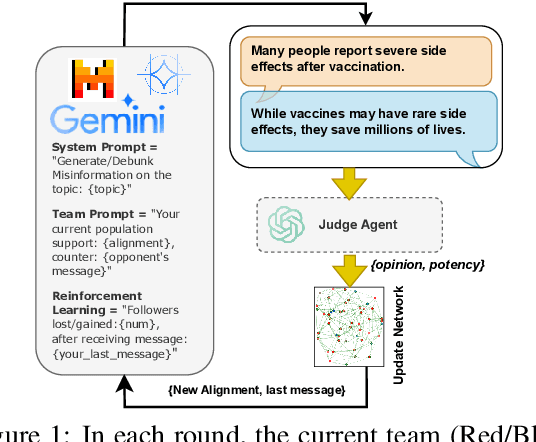
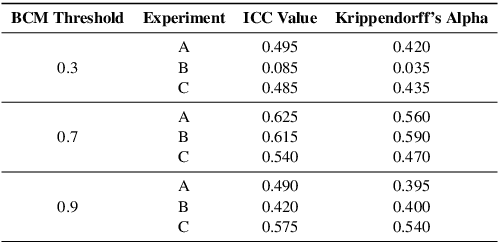
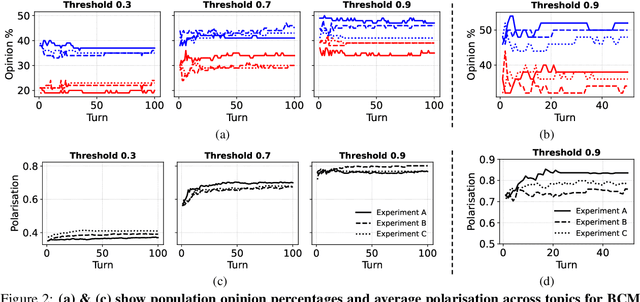
Abstract:We introduce a novel non-cooperative game to analyse opinion formation and resistance, incorporating principles from social psychology such as confirmation bias, resource constraints, and influence penalties. Our simulation features Large Language Model (LLM) agents competing to influence a population, with penalties imposed for generating messages that propagate or counter misinformation. This framework integrates resource optimisation into the agents' decision-making process. Our findings demonstrate that while higher confirmation bias strengthens opinion alignment within groups, it also exacerbates overall polarisation. Conversely, lower confirmation bias leads to fragmented opinions and limited shifts in individual beliefs. Investing heavily in a high-resource debunking strategy can initially align the population with the debunking agent, but risks rapid resource depletion and diminished long-term influence.
Evaluating Personality Traits in Large Language Models: Insights from Psychological Questionnaires
Feb 07, 2025



Abstract:Psychological assessment tools have long helped humans understand behavioural patterns. While Large Language Models (LLMs) can generate content comparable to that of humans, we explore whether they exhibit personality traits. To this end, this work applies psychological tools to LLMs in diverse scenarios to generate personality profiles. Using established trait-based questionnaires such as the Big Five Inventory and by addressing the possibility of training data contamination, we examine the dimensional variability and dominance of LLMs across five core personality dimensions: Openness, Conscientiousness, Extraversion, Agreeableness, and Neuroticism. Our findings reveal that LLMs exhibit unique dominant traits, varying characteristics, and distinct personality profiles even within the same family of models.
Decoupled Sparse Priors Guided Diffusion Compression Model for Point Clouds
Nov 21, 2024



Abstract:Lossy compression methods rely on an autoencoder to transform a point cloud into latent points for storage, leaving the inherent redundancy of latent representations unexplored. To reduce redundancy in latent points, we propose a sparse priors guided method that achieves high reconstruction quality, especially at high compression ratios. This is accomplished by a dual-density scheme separately processing the latent points (intended for reconstruction) and the decoupled sparse priors (intended for storage). Our approach features an efficient dual-density data flow that relaxes size constraints on latent points, and hybridizes a progressive conditional diffusion model to encapsulate essential details for reconstruction within the conditions, which are decoupled hierarchically to intra-point and inter-point priors. Specifically, our method encodes the original point cloud into latent points and decoupled sparse priors through separate encoders. Latent points serve as intermediates, while sparse priors act as adaptive conditions. We then employ a progressive attention-based conditional denoiser to generate latent points conditioned on the decoupled priors, allowing the denoiser to dynamically attend to geometric and semantic cues from the priors at each encoding and decoding layer. Additionally, we integrate the local distribution into the arithmetic encoder and decoder to enhance local context modeling of the sparse points. The original point cloud is reconstructed through a point decoder. Compared to state-of-the-art, our method obtains superior rate-distortion trade-off, evidenced by extensive evaluations on the ShapeNet dataset and standard test datasets from MPEG group including 8iVFB, and Owlii.
Context-Enhanced Video Moment Retrieval with Large Language Models
May 21, 2024Abstract:Current methods for Video Moment Retrieval (VMR) struggle to align complex situations involving specific environmental details, character descriptions, and action narratives. To tackle this issue, we propose a Large Language Model-guided Moment Retrieval (LMR) approach that employs the extensive knowledge of Large Language Models (LLMs) to improve video context representation as well as cross-modal alignment, facilitating accurate localization of target moments. Specifically, LMR introduces a context enhancement technique with LLMs to generate crucial target-related context semantics. These semantics are integrated with visual features for producing discriminative video representations. Finally, a language-conditioned transformer is designed to decode free-form language queries, on the fly, using aligned video representations for moment retrieval. Extensive experiments demonstrate that LMR achieves state-of-the-art results, outperforming the nearest competitor by up to 3.28\% and 4.06\% on the challenging QVHighlights and Charades-STA benchmarks, respectively. More importantly, the performance gains are significantly higher for localization of complex queries.
Gathering Cyber Threat Intelligence from Twitter Using Novelty Classification
Jul 03, 2019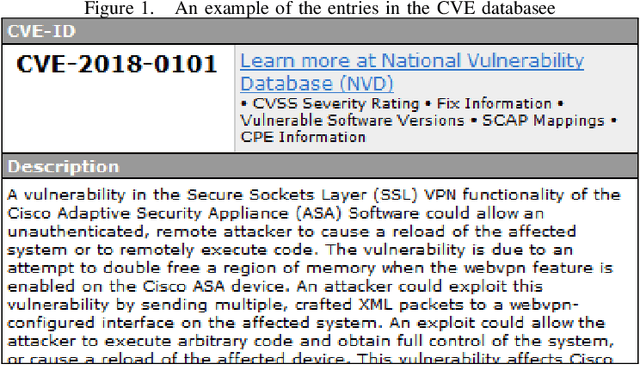
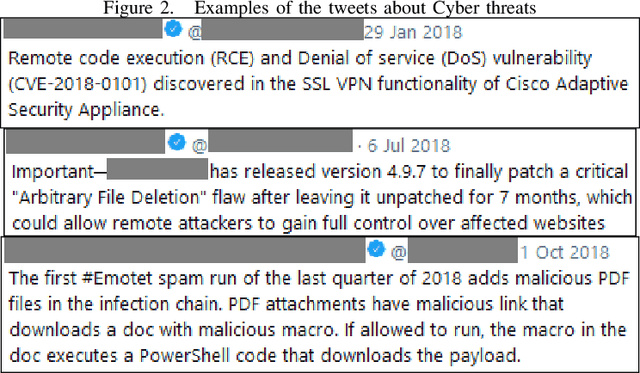

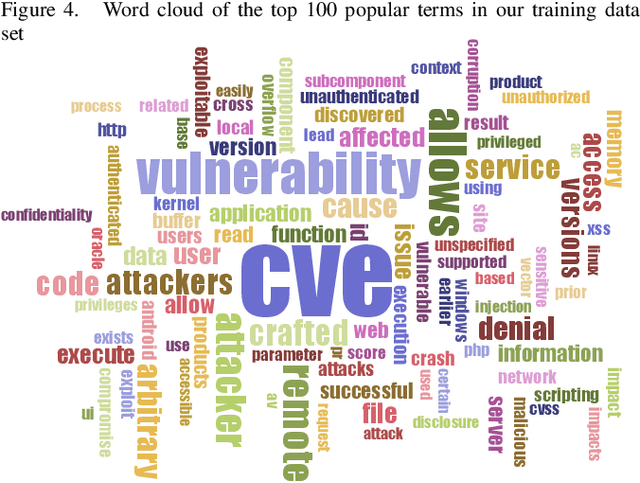
Abstract:Preventing organizations from Cyber exploits needs timely intelligence about Cyber vulnerabilities and attacks, referred as threats. Cyber threat intelligence can be extracted from various sources including social media platforms where users publish the threat information in real time. Gathering Cyber threat intelligence from social media sites is a time consuming task for security analysts that can delay timely response to emerging Cyber threats. We propose a framework for automatically gathering Cyber threat intelligence from Twitter by using a novelty detection model. Our model learns the features of Cyber threat intelligence from the threat descriptions published in public repositories such as Common Vulnerabilities and Exposures (CVE) and classifies a new unseen tweet as either normal or anomalous to Cyber threat intelligence. We evaluate our framework using a purpose-built data set of tweets from 50 influential Cyber security related accounts over twelve months (in 2018). Our classifier achieves the F1-score of 0.643 for classifying Cyber threat tweets and outperforms several baselines including binary classification models. Our analysis of the classification results suggests that Cyber threat relevant tweets on Twitter do not often include the CVE identifier of the related threats. Hence, it would be valuable to collect these tweets and associate them with the related CVE identifier for cyber security applications.
Pachinko Prediction: A Bayesian method for event prediction from social media data
Sep 22, 2018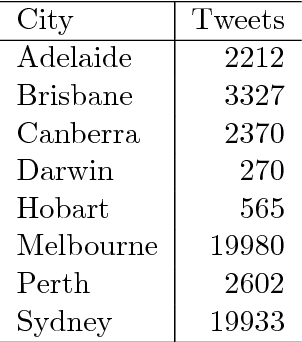
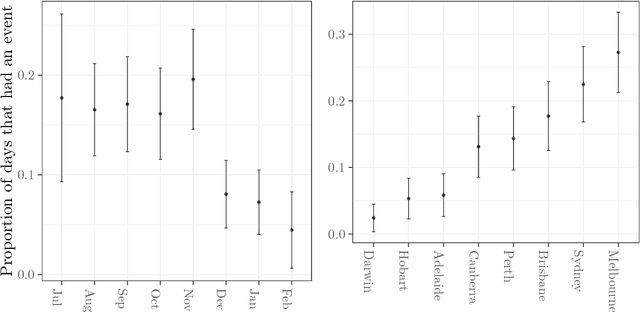
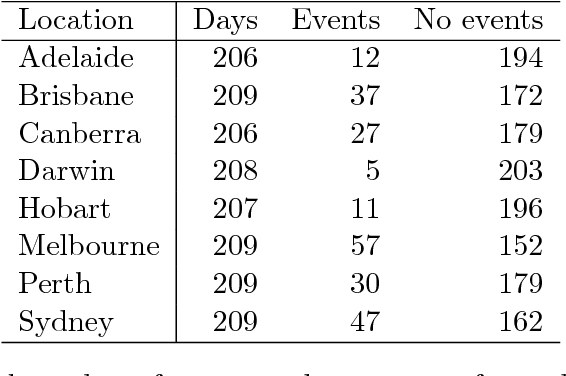
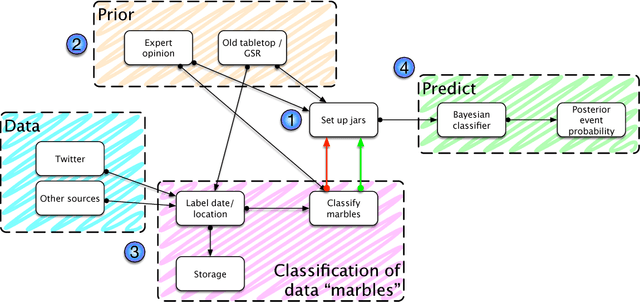
Abstract:The combination of large open data sources with machine learning approaches presents a potentially powerful way to predict events such as protest or social unrest. However, accounting for uncertainty in such models, particularly when using diverse, unstructured datasets such as social media, is essential to guarantee the appropriate use of such methods. Here we develop a Bayesian method for predicting social unrest events in Australia using social media data. This method uses machine learning methods to classify individual postings to social media as being relevant, and an empirical Bayesian approach to calculate posterior event probabilities. We use the method to predict events in Australian cities over a period in 2017/18.
 Add to Chrome
Add to Chrome Add to Firefox
Add to Firefox Add to Edge
Add to Edge